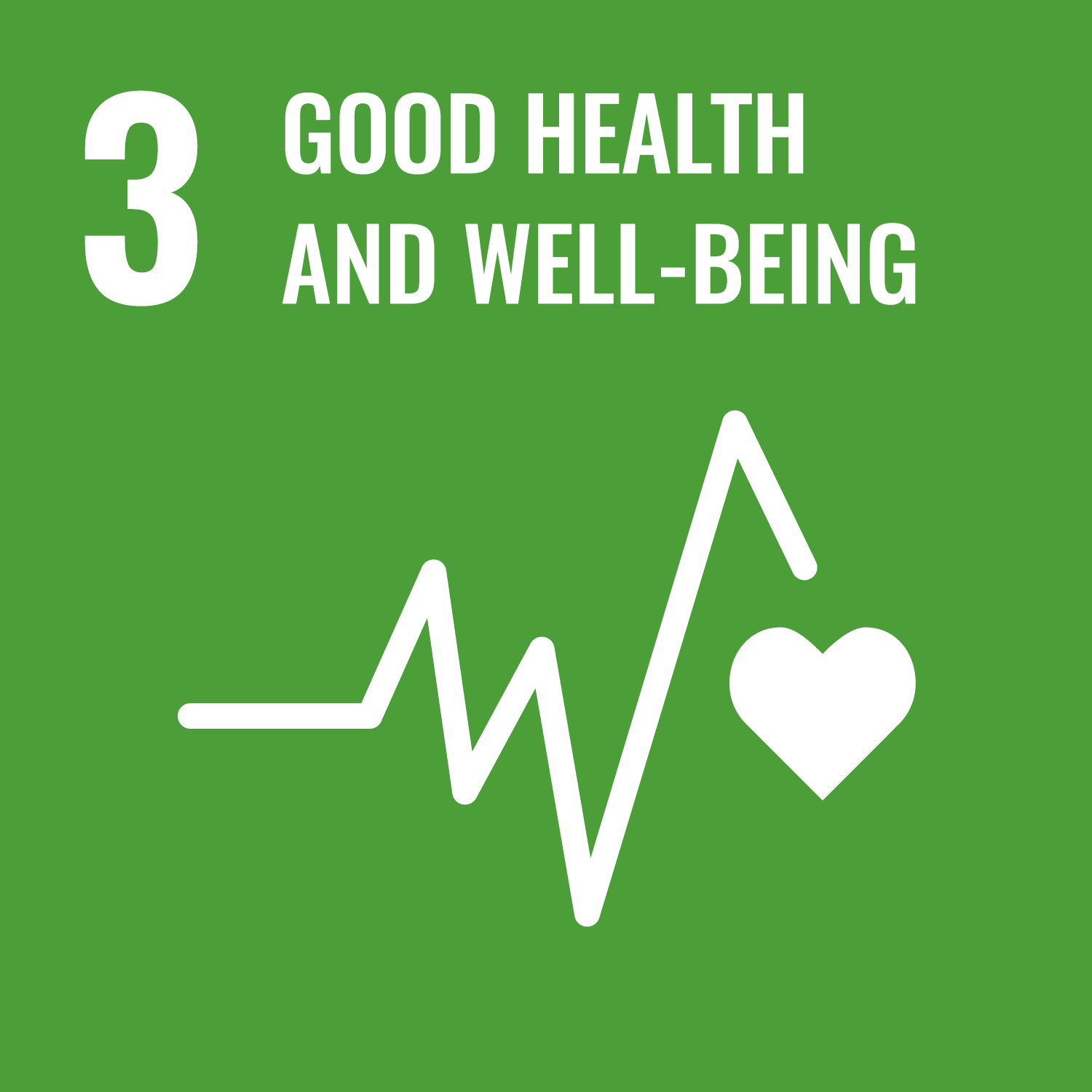Bradley, S.H. orcid.org/0000-0002-2038-2056, Neal, R.D. orcid.org/0000-0002-3544-2744, Callister, M.E.J. orcid.org/0000-0001-8157-0803 et al. (6 more authors) (2025) General practice chest X-ray rate is associated with earlier lung cancer diagnosis and reduced all-cause mortality: a retrospective observational study. British Journal of General Practice, 75 (754). e323. ISSN: 0960-1643
Abstract
Background
Evidence is equivocal on whether general practice rates of investigation in symptomatic patients using chest X-ray (CXR) affect outcomes.
Aim
To determine whether there is an association between rates of CXR requested in general practice and lung cancer outcomes.
Design and setting
Observational study using data on English general practices.
Method
Cancer registry data for patients diagnosed with lung cancer in 2014–2018 were linked to data on general practice CXRs from 2013 until 2017. Cancer stage at diagnosis (I/II versus III/IV) and 1-year and 5-year survival rates (conditional on survival to 1 year) post-diagnosis were reported by general practice quintile of CXR rate, with adjustment for population differences (age, smoking, prevalence of chronic obstructive pulmonary disease and heart failure, ethnicity, and deprivation) and by unadjusted category (low, medium, and high).
Results
In total, 192 631 patient records and CXR rates for 7409 practices were obtained. Practices in the highest quintile of CXR rate had fewer cancers diagnosed at stage III/IV compared with those in the lowest quintile (odds ratio [OR] 0.87, 95% confidence interval [CI] = 0.83 to 0.92, P<0.001). The association was weaker for the high unadjusted CXR category (OR 0.94, 95% CI = 0.91 to 0.97). For the highest adjusted quintile, hazard ratios (HRs) for death within 1 year and 5 years were 0.92 (95% CI = 0.90 to 0.95, P<0.001) and 0.95 (95% CI = 0.91 to 0.99, P = 0.023), respectively. For the high unadjusted CXR category, the HR for 1-year survival was 0.98 (95% CI = 0.96 to 0.99, P = 0.004), with no association demonstrated for 5-year survival.
Conclusion
Patients registered at general practices with higher CXR use have a favourable stage distribution and slightly better survival. This supports the use of CXR in promoting earlier diagnosis of symptomatic lung cancer in general practice.
Metadata
| Item Type: | Article |
|---|---|
| Authors/Creators: |
|
| Copyright, Publisher and Additional Information: | © The Authors http://creativecommons.org/licenses/by/4.0/ This article is Open Access: CC BY 4.0 licence (http://creativecommons.org/licences/by/4.0/). |
| Keywords: | chest X-ray; early detection of cancer; general practice; lung cancer |
| Dates: |
|
| Institution: | The University of Sheffield |
| Academic Units: | The University of Sheffield > Faculty of Medicine, Dentistry and Health (Sheffield) > School of Medicine and Population Health |
| Depositing User: | Symplectic Sheffield |
| Date Deposited: | 21 Aug 2025 15:01 |
| Last Modified: | 21 Aug 2025 15:01 |
| Status: | Published |
| Publisher: | Royal College of General Practitioners |
| Refereed: | Yes |
| Identification Number: | 10.3399/bjgp.2024.0466 |
| Related URLs: | |
| Sustainable Development Goals: | |
| Open Archives Initiative ID (OAI ID): | oai:eprints.whiterose.ac.uk:230669 |


 CORE (COnnecting REpositories)
CORE (COnnecting REpositories) CORE (COnnecting REpositories)
CORE (COnnecting REpositories)